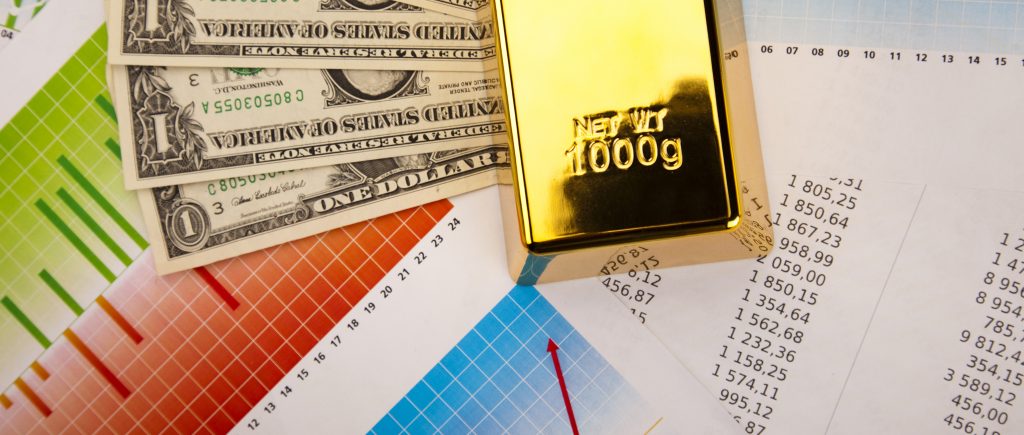Gold (XAU/USD) climbed above $3,330, driven by a weakening U.S. Dollar and renewed concerns over U.S. fiscal sustainability following the passage of a major tax and spending bill. With U.S. markets closed for Independence Day, tariff uncertainties and the bill’s $3.3 trillion deficit impact have bolstered gold’s safe-haven appeal. The combination of trade tensions, debt concerns, and shifting Federal Reserve rate expectations underscores gold’s strength, but policymakers must address fiscal and trade policies to prevent market volatility.
Tariff Threats Fuel Safe-Haven Demand
The U.S. Dollar weakened as President Donald Trump announced plans to send letters to nations starting July 5, outlining tariffs ranging from 10% to 70% for trade with the U.S. With the July 9 tariff pause deadline looming, these threats have reignited fears of trade disruptions, boosting risk appetite for safe-haven assets like gold. The recent U.S.-Vietnam trade deal had eased tensions, but the prospect of broader tariffs could reduce global GDP by 0.5%, per International Monetary Fund estimates, driving investors toward gold as a hedge against economic uncertainty.
Fiscal Concerns Amplify Gold’s Appeal
The newly passed “One Big Beautiful Bill,” approved by the House on July 3 with a 218-214 vote, extends 2017 tax cuts, boosts border security, and funds defense initiatives like the “Golden Dome” plan, but it raises the debt ceiling by $5 trillion and adds $3.3 trillion to the deficit over a decade, according to Congressional Budget Office projections. Cuts to Medicaid ($700 billion) and green energy programs have sparked concerns about fiscal sustainability, weakening confidence in the USD. As gold is priced in dollars, this makes XAU/USD more affordable for foreign investors, supporting its rise above $3,330.
Economic Data and Fed Policy Dynamics
The June Nonfarm Payrolls report, showing 147,000 jobs added and unemployment at 4.1%, exceeded expectations, reducing Federal Reserve rate cut odds for July from 24% to 5%, per CME FedWatch Tool data. A slight uptick in the ISM Services PMI to 50.8 further eased pressure for immediate cuts, supporting U.S. yields and tempering gold’s short-term gains. However, markets still anticipate a September rate cut, with odds at 78%, which could sustain gold’s appeal if inflation remains above 2% and USD weakness persists.
Sustaining Gold’s Momentum
Gold’s rise reflects tariff-driven uncertainty and fiscal concerns, but its trajectory depends on trade negotiations and Fed policy clarity. Policymakers must stabilize markets by addressing tariff impacts and debt sustainability, while the Fed should maintain data-driven communication to anchor rate expectations. Investors should monitor trade talks, upcoming Canadian jobs data, and Fed signals. Without coordinated action, gold’s breakout potential above $3,400, indicated by a consolidating symmetrical triangle pattern, could face volatility, with XAU/USD at risk of retreating if trade tensions ease unexpectedly.

 Noor Trends News, Technical Analysis, Educational Tools and Recommendations
Noor Trends News, Technical Analysis, Educational Tools and Recommendations




